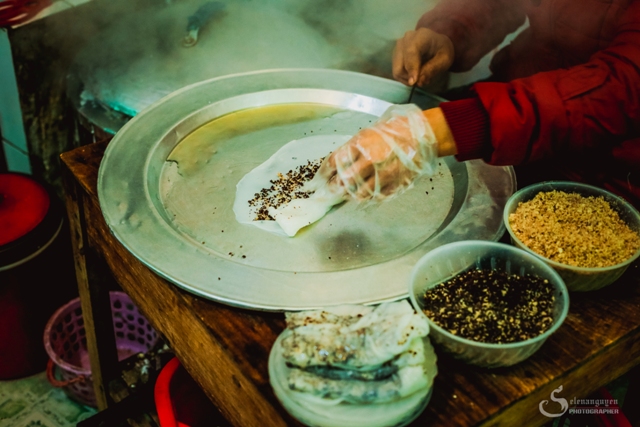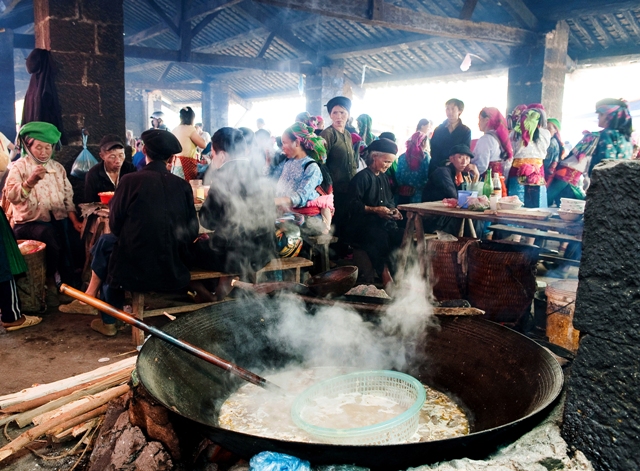Ha Giang is cold in the middle of the towering stone plateau, even on summer days. Early mornings here are still covered with fog. Therefore, people often eat very hot dishes such as pho and noodles. An interesting thing is that you can find pho made from rice rolls here. If Dong Van has hot egg rolls and rice rolls with soup, then in Meo Vac, you can enjoy pho made from rice rolls. This is considered one of the "Best dishes in Vietnam" - according to Ms. Ngoc Tran, author of the book "40 Delicious Vietnamese Dishes As Listed By CNN".
The place that sells delicious breakfast food is usually just a small house located on the street, or just a kitchen under the window, deep in a small alley. To make egg rolls, when spreading rice flour evenly on the cloth, add a chicken egg, cover and wait until cooked, so that the egg is just cooked with the yolk, the cake is still soft and smooth. Cut a piece and you can see the heavy, fragrant, fatty, and creamy yolk gradually pouring out. Or if you like, you can still choose rolls with meat and wood ear mushrooms. Ha Giang people do not use fish sauce, but use broth from pork bones, served with a little green onion and coriander, a few pieces of ham, pepper, chili, so the taste of Ha Giang rolls is very typical. The price is only about ten thousand dong per plate.
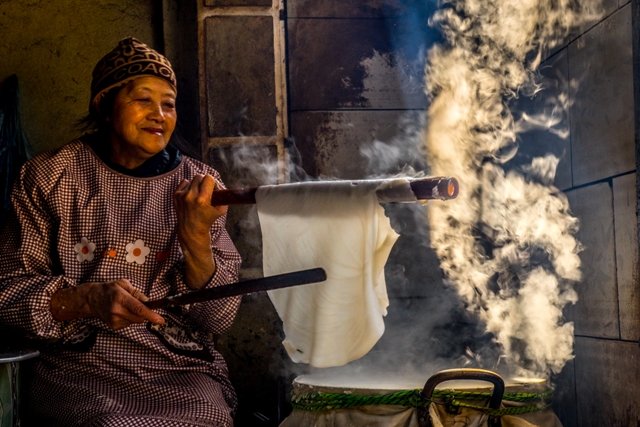
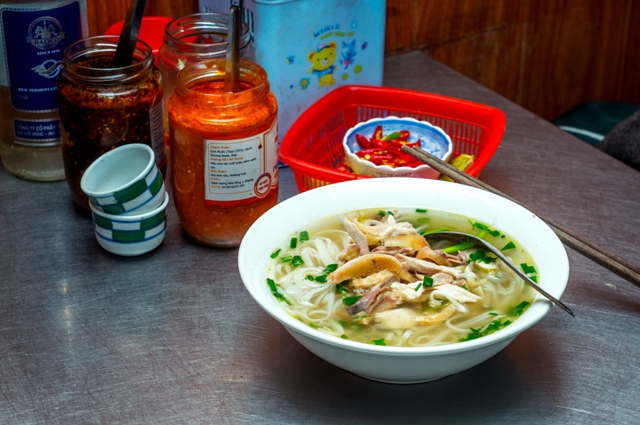
Ha Giang also has sour pho, also known as cool pho, which is only popular on summer mornings. Pho noodles are also made from ground rice flour, so many people make rice rolls, cut them into small pieces, and use them like pho noodles. Sour pho has char siu, roast duck, peanuts, Chinese sausage, and water lu (pho broth, made from vinegar, sugar, tapioca starch, and spices). Eating cool pho must have herbs, green onions, shredded papaya, garlic, and chili, slurping it down to be 'satisfying'.
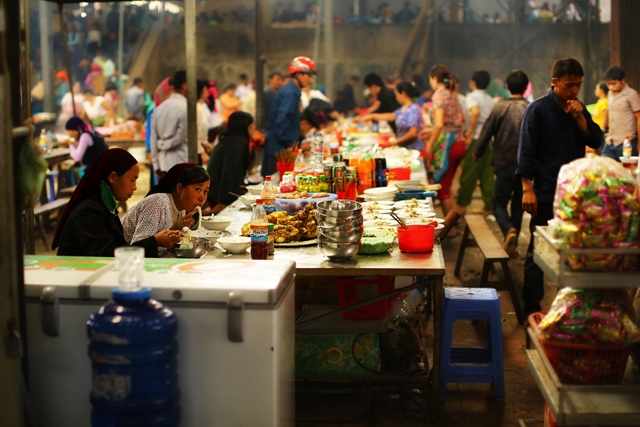
On a summer morning on a cold rocky road corner in Ha Giang, sitting and watching the kitchen smoke rising like mist while waiting for a bowl of pho to be cooked is a very special experience, especially for first-time travelers.
Article: PHAN CAC TRUC | Photo: NGOC TRAN






